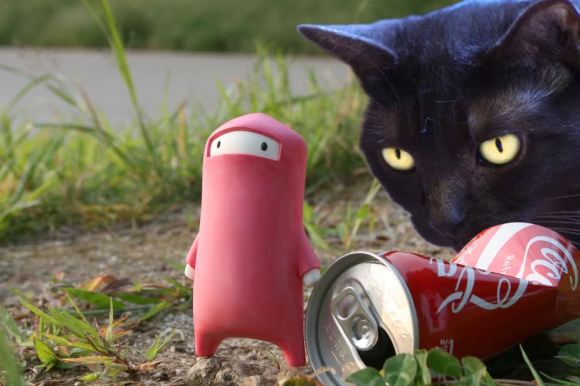
After watching that insanely adorable Mininja short, we decided we had to find out more about it–like when we could watch a full-length film! Fortunately, we were able to track down the tiny “not actually a ninja” alien’s creator–Sean McPhillips, an American who also just happens to be a senior vice president at DLE. In the process of discussing Mininja’s origin, we got the chance to learn about how the Japanese anime industry is growing and just how an American ends up working at a Japanese anime company.
If you’re curious about the future of anime and the origin of our favorite pink ninja, be sure to check this out!
As you may already know, DLE is one of the bigger studios in Japan, thanks largely to their idiosyncratic Eagle Talon, a show about super villains and the jerk hero that bullies them. And thanks to their current collaboration with Toho Cinemas, Character Battle Club, DLE is also the studio responsible for this:
▼Head-exploding adorableness.
DLE was founded in 2001 by Ryuta Shiiki, a former Sony executive, and has grown significantly in the last 13 years–they’ve even undergone a successful IPO. In addition to their tremendous domestic success, the company is currently in the process of expanding internationally, and while they’re growing throughout Asia, they’re also making inroads into North America. As you might have guessed, that’s not exactly the easiest region for an entertainment company to break into, and it always helps to have someone with local knowledge helping out. This led Mr. Shiiki to hire Sean McPhillips, an ex-Miramax Films employee with experience in acquisitions in Japan.
▼Sean and some of the DLE staff enjoying Halloween
Obviously, Sean has a special set of skills–he’s familiar with both the Western film industry and tastes as well as the Japanese film industry. More importantly, he has an understanding of what works in the US from both an artistic and business standpoint. As he told us, many Japanese companies–not only DLE–are working at making their products appeal to larger, more international audiences. And if you’re a fan of anime or manga, you probably know that while the central stories may appeal to anyone, there are quite a few cultural “quirks” that might make things difficult for new viewers. One of Sean’s jobs is to provide advice on finding the middle ground for anime that will retain its “Japanese spirit,” if you will, while also creating something that has international appeal.
But what, exactly, does that mean? Well, Mininja might just be one of the best examples you could find!
▼If not the cutest.
That’s not to say that Mininja is what all future anime will look like–its primary target demographic (for Japan, at least) is fairly young, after all. And we’re sure a wide variety of anime will continue to be produced, but what we’re actually talking about is how Mininja was created. Sean told us that it all began as a sketch on a post-it note that he showed to Azuma Tani, one of DLE’s animators. Working together, they developed Mininja, with Azuma designing the character while Sean came up with a short script–the initial story takes place in Japan but has an international perspective. As he explained, “Mininja is first set in Japan and it revels in Japanese ‘stuff,’ but it is inherently universal because that’s my perspective.” Obviously, there are certain tropes that we expect from anime–little kids feeling frustrated doing their homework is certainly one of them. It’s also incredibly easy for anyone to sympathize with–who didn’t hate doing their homework at some point? And when you’re getting sick of math, don’t you just wish you had a tiny little alien that looks (and acts) like a ninja to give you candy?
Of course you do!
Still, Mininja is set in Japan–and the primary audience and most of the staff working on it are Japanese as well. This isn’t a samurai film from Hollywood! But we think it’s fair to say that it’s a bit more international than FLCL, for example. (Though, to be fair, FLCL doesn’t make sense to anyone. Which is probably why everyone loves it!)
However, the industry is still in the process of adapting to a wider audience, which is what makes Sean’s job so interesting. It’s not just him helping tell stories that will appeal to people in places like North America and liaising between the Japanese headquarters and American companies–the very fact that someone even has this job represents a change in how the industry thinks about anime and manga. For another example, just look at the simultaneous world-wide release of the new Sailor Moon show. The anime industry is realizing their audience is far from the shores of Japan and they’re searching for ways to tap into that audience. And for a really fun time, take a look at some anime companies’ financial reports and see how many are discussing efforts to expand overseas.
Of course, that doesn’t mean we’ll suddenly start getting Batman Beyond in Japanese–the studios realize how important it is for Japanese properties to retain their “Japaneseness,” as it were. Even if they do have an international audience, their core audience will still be living in Japan–but it does mean that there is more effort put into making the finished product something with wider appeal. While it’s impossible to say what the future holds, Sean seems confident that Japan’s rise as an international intellectual property powerhouse has only just begun–which is good news for anyone who wants more anime in their life. It also serves to reinforce one point Sean was sure to emphasize–anime itself is still going strong. While there are apparently some who think the industry isn’t so healthy, he disagrees, saying, “Anime is the rock and roll of animation. It will never die.” It’s pretty hard to argue with that!
▼Does that make Mininja the equivalent of an indie rock band?
Whether or not Mininja will win the Character Battle Club competition remains to be seen (hey, did we mention you can vote?), but regardless Sean has some ideas in mind for the little alien, including a possible feature-length film. If you’re wondering how this cute-but-tiny alien could sustain a full length feature, we have only two words for you: Space battles.
Now you’re definitely going to vote, right?
Sources: Facebook (Mininja), Twitter (Mininja), Character Battle Club
All Images © DLE
▼And here’s a sneak peek at what the future of Mininja might look like!

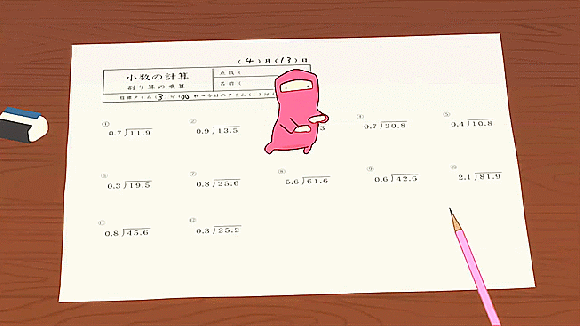
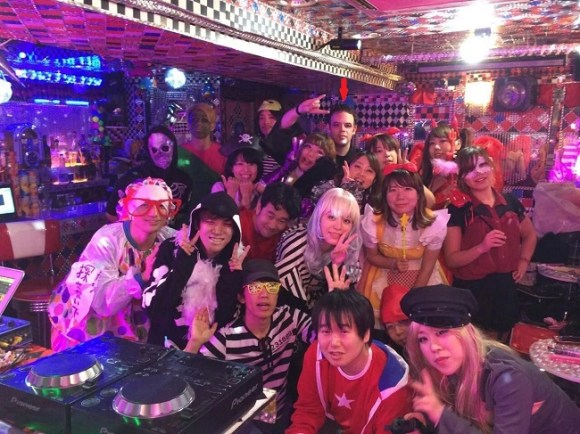
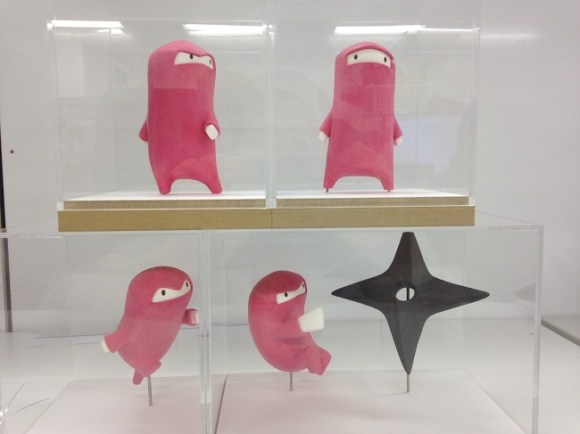
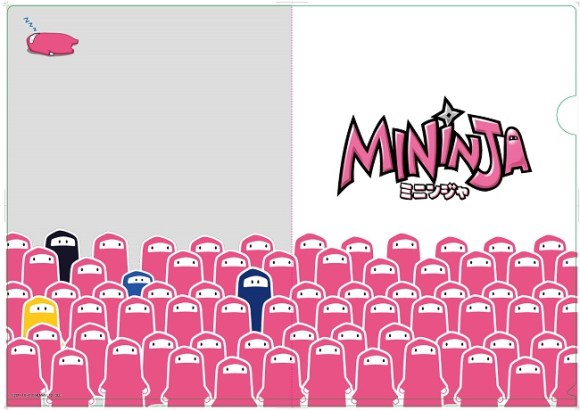
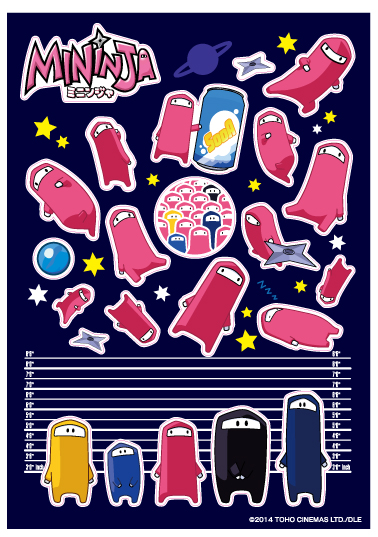
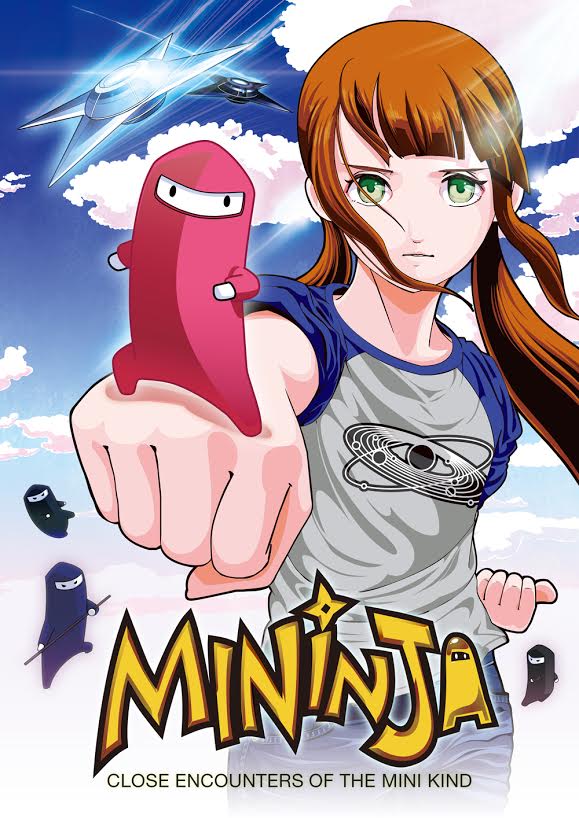
 Tiny ninjas, lazy shellfish, and neglected children: It’s time to choose Toho Cinema’s new mascot
Tiny ninjas, lazy shellfish, and neglected children: It’s time to choose Toho Cinema’s new mascot Anime Industry Report shows overseas anime market is bigger than Japanese one, but is this a cultural tipping point?
Anime Industry Report shows overseas anime market is bigger than Japanese one, but is this a cultural tipping point? What Happened With These DVD Packages? They Don’t Look Anything Like the Anime We’re Familiar With!
What Happened With These DVD Packages? They Don’t Look Anything Like the Anime We’re Familiar With! We talk with actors Daisy Ridley and John Boyega about The Force Awakens (and manga) 【Interview】
We talk with actors Daisy Ridley and John Boyega about The Force Awakens (and manga) 【Interview】 A talk with the man who helped bring Studio Ghibli to the west, Steve Alpert【Interview】
A talk with the man who helped bring Studio Ghibli to the west, Steve Alpert【Interview】 Japanese beef bowl chain Sukiya’s 2026 Smile Box lucky bag basically pays for itself
Japanese beef bowl chain Sukiya’s 2026 Smile Box lucky bag basically pays for itself The best Starbucks Japan Frappuccinos we want to drink again in 2026
The best Starbucks Japan Frappuccinos we want to drink again in 2026 Here’s what happens when you mix all 53 kinds of Muji curry into one crazy super curry【Taste test】
Here’s what happens when you mix all 53 kinds of Muji curry into one crazy super curry【Taste test】 That time Seiji called JASRAC to ask why he didn’t get paid royalties for his song being on TV
That time Seiji called JASRAC to ask why he didn’t get paid royalties for his song being on TV Japanese Twitter obsessed with app that revives the VHS camcorder recording quality of the ‘80s
Japanese Twitter obsessed with app that revives the VHS camcorder recording quality of the ‘80s Japan has vending machines that put protective film on your phone for you — Here’s how to use them
Japan has vending machines that put protective film on your phone for you — Here’s how to use them Chikura no Iwaya: Secret beach cave only appears for two hours a day, and here’s how to see it
Chikura no Iwaya: Secret beach cave only appears for two hours a day, and here’s how to see it 7-Eleven Japan’s ramen-cooking robot whipped us up a bowl of noodles【Taste test】
7-Eleven Japan’s ramen-cooking robot whipped us up a bowl of noodles【Taste test】 Where’s the very best seat to sit in on Japan’s Shinkansen? Our expert has an answer
Where’s the very best seat to sit in on Japan’s Shinkansen? Our expert has an answer Sumikkogurashi cafes coming to five cities, may be so cute/cozy you’ll never want to leave【Pics】
Sumikkogurashi cafes coming to five cities, may be so cute/cozy you’ll never want to leave【Pics】 Starbucks Japan ready to get Year of the Horse started with adorable drinkware and plushies【Pics】
Starbucks Japan ready to get Year of the Horse started with adorable drinkware and plushies【Pics】 7 great places to see Mt. Fuji from without having to climb it
7 great places to see Mt. Fuji from without having to climb it Cyberpunk anime meets traditional culture in Ghost in the Shell gold leaf Japanese changing screens
Cyberpunk anime meets traditional culture in Ghost in the Shell gold leaf Japanese changing screens Hayao Miyazaki says Happy New Year to Studio Ghibli fans with new art for Year of the Horse
Hayao Miyazaki says Happy New Year to Studio Ghibli fans with new art for Year of the Horse Hello Kitty Choco Egg figures are an adorable trip through three periods of Japanese pop culture【Pics】
Hello Kitty Choco Egg figures are an adorable trip through three periods of Japanese pop culture【Pics】 We found possibly the quietest Japanese-style hotel in Tokyo’s bustling Shinjuku district
We found possibly the quietest Japanese-style hotel in Tokyo’s bustling Shinjuku district Sumo Sanrio! Hello Kitty and pals team up with Japan Sumo Association for new merch【Pics】
Sumo Sanrio! Hello Kitty and pals team up with Japan Sumo Association for new merch【Pics】 Japan’s oldest largetooth sawfish in captivity back on display in Mie Prefecture
Japan’s oldest largetooth sawfish in captivity back on display in Mie Prefecture More Than a Capsule Stay: Why Solo Travelers Choose “global cabin Yokohama Chinatown”
More Than a Capsule Stay: Why Solo Travelers Choose “global cabin Yokohama Chinatown” 7-Eleven Japan starts new temporary luggage storage service in over 300 branches
7-Eleven Japan starts new temporary luggage storage service in over 300 branches Disillusionment at Tsukiji’s tourist-target prices led us to a great ramen restaurant in Tokyo
Disillusionment at Tsukiji’s tourist-target prices led us to a great ramen restaurant in Tokyo Starbucks teams up with 166-year-old Kyoto doll maker for Year of the Horse decorations【Photos】
Starbucks teams up with 166-year-old Kyoto doll maker for Year of the Horse decorations【Photos】 Tokyo considering law requiring more trash cans following litter increase in heavily touristed area
Tokyo considering law requiring more trash cans following litter increase in heavily touristed area Tokyo’s Tsukiji sushi neighborhood asks tour groups to stay away for the rest of the month
Tokyo’s Tsukiji sushi neighborhood asks tour groups to stay away for the rest of the month Tokyo event lets you travel back in time, for free, to celebrate 100 years since Showa era start
Tokyo event lets you travel back in time, for free, to celebrate 100 years since Showa era start Sanrio theme park in Japan announces plans to expand into a Sanrio resort
Sanrio theme park in Japan announces plans to expand into a Sanrio resort Japan may add Japanese language proficiency, lifestyle classes to permanent foreign resident requirements
Japan may add Japanese language proficiency, lifestyle classes to permanent foreign resident requirements Stamina-destroying “Paralysis Noodles” are Tokyo’s newest over-the-top ramen innovation
Stamina-destroying “Paralysis Noodles” are Tokyo’s newest over-the-top ramen innovation Survey asks foreign tourists what bothered them in Japan, more than half gave same answer
Survey asks foreign tourists what bothered them in Japan, more than half gave same answer Japan’s human washing machines will go on sale to general public, demos to be held in Tokyo
Japan’s human washing machines will go on sale to general public, demos to be held in Tokyo Japan’s deadliest food claims more victims, but why do people keep eating it for New Year’s?
Japan’s deadliest food claims more victims, but why do people keep eating it for New Year’s? We deeply regret going into this tunnel on our walk in the mountains of Japan
We deeply regret going into this tunnel on our walk in the mountains of Japan Studio Ghibli releases Kodama forest spirits from Princess Mononoke to light up your home
Studio Ghibli releases Kodama forest spirits from Princess Mononoke to light up your home Major Japanese hotel chain says reservations via overseas booking sites may not be valid
Major Japanese hotel chain says reservations via overseas booking sites may not be valid Put sesame oil in your coffee? Japanese maker says it’s the best way to start your day【Taste test】
Put sesame oil in your coffee? Japanese maker says it’s the best way to start your day【Taste test】 No more using real katana for tourism activities, Japan’s National Police Agency says
No more using real katana for tourism activities, Japan’s National Police Agency says Starbucks Japan reveals new sakura drinkware collection, inspired by evening cherry blossoms
Starbucks Japan reveals new sakura drinkware collection, inspired by evening cherry blossoms Updated cherry blossom forecast shows extra-long sakura season for Japan this year
Updated cherry blossom forecast shows extra-long sakura season for Japan this year The reason why otaku don’t like Studio Ghibli anime heroines
The reason why otaku don’t like Studio Ghibli anime heroines Spirited Away and Ghost in Shell’s sound director talks about the human side of working in anime
Spirited Away and Ghost in Shell’s sound director talks about the human side of working in anime Japanese novelist can’t stand anime’s over-the-top, “kabuki-style” voice acting
Japanese novelist can’t stand anime’s over-the-top, “kabuki-style” voice acting Gundam creator thinks Makoto Shinkai anime need more female crotch grabbing and/or horniness
Gundam creator thinks Makoto Shinkai anime need more female crotch grabbing and/or horniness We check out Patlabor’s giant robot, plus cosplayers and anime booze galore, at Anime Japan
We check out Patlabor’s giant robot, plus cosplayers and anime booze galore, at Anime Japan Sugoi Japan Award 2016 winners: The manga, anime, novels Japan thinks you should binge on
Sugoi Japan Award 2016 winners: The manga, anime, novels Japan thinks you should binge on A skeptic’s guide to anime – Five series to ease you into Japan’s most popular export
A skeptic’s guide to anime – Five series to ease you into Japan’s most popular export
Leave a Reply